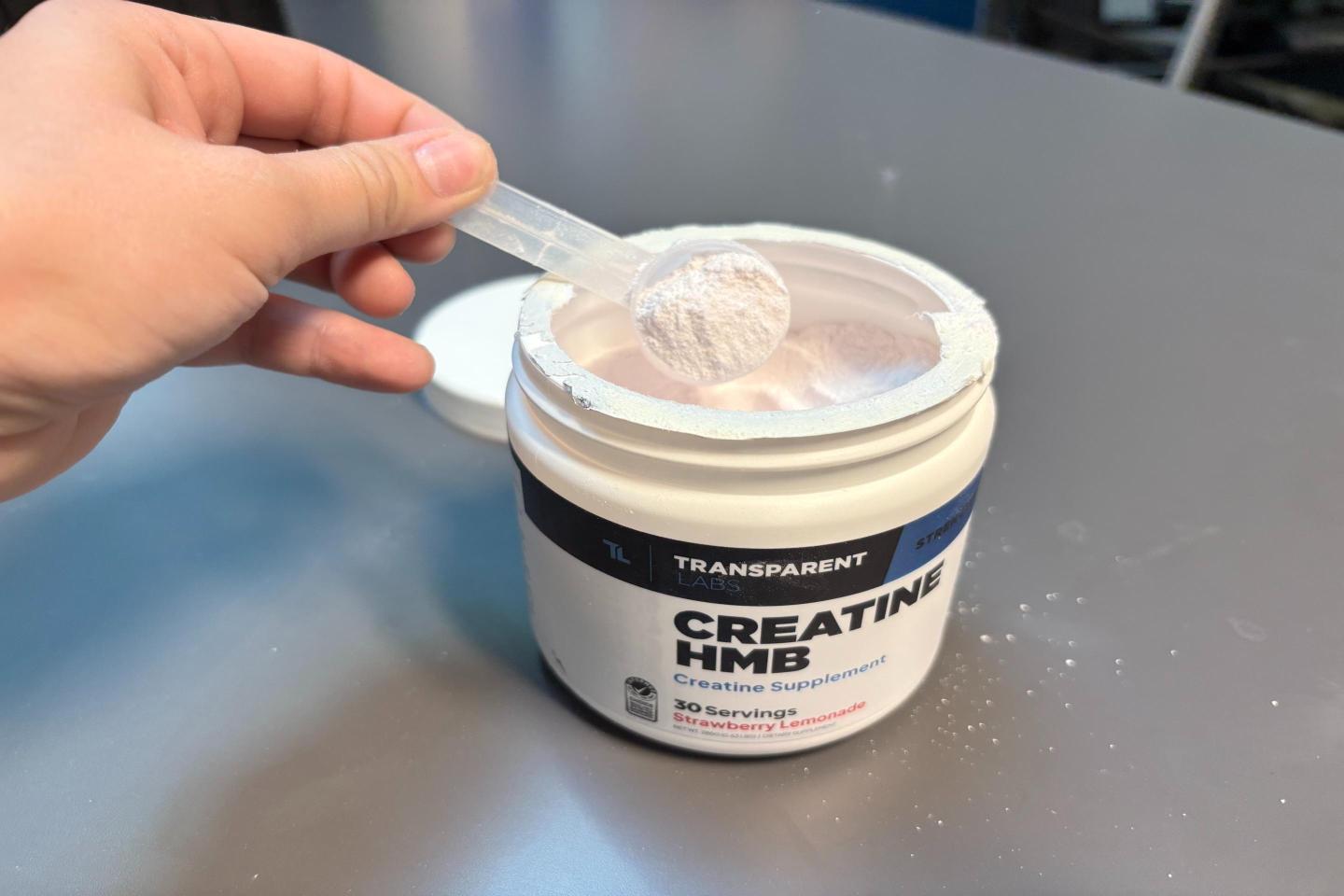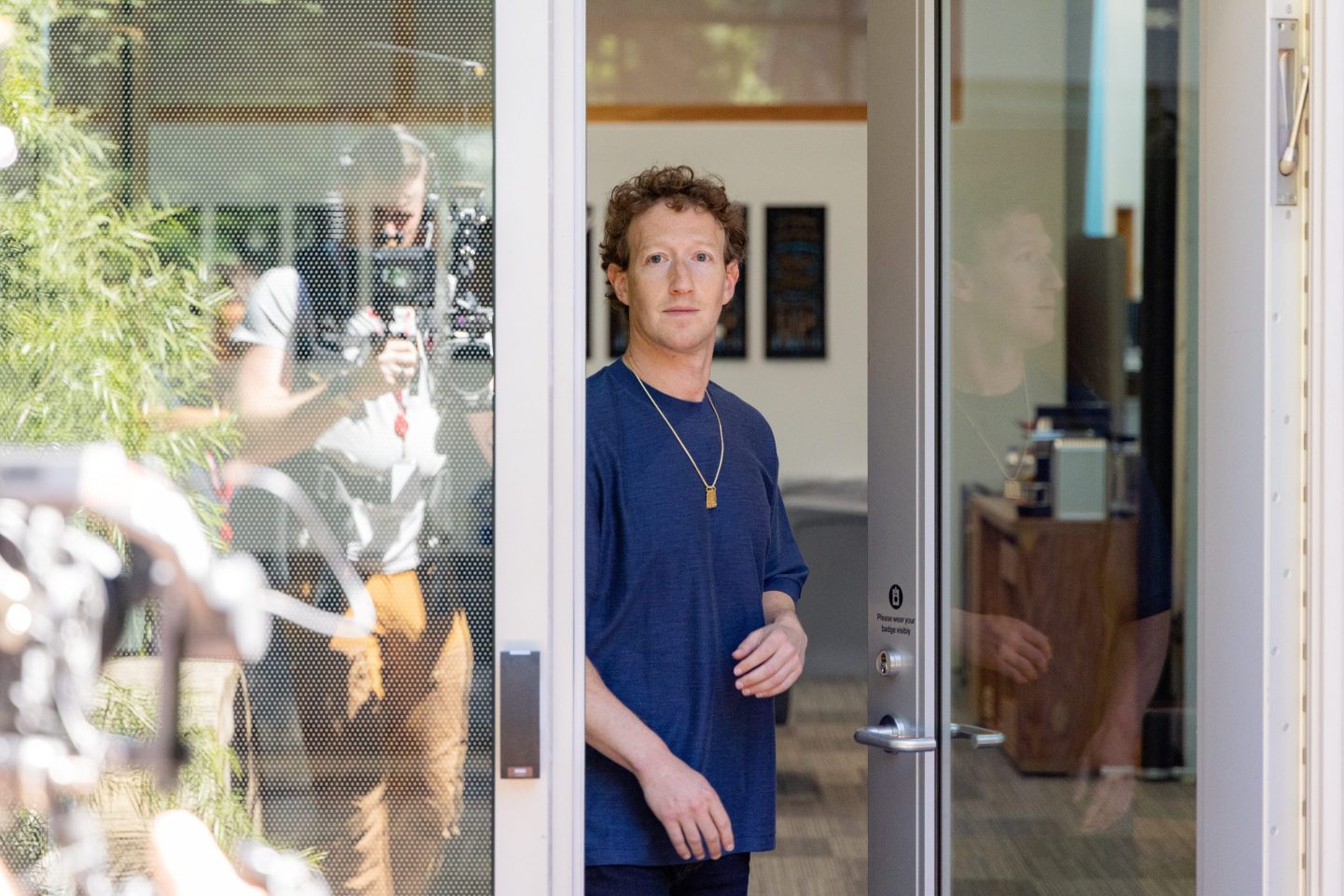Omicron’s BA.2 subvariant—stealth Omicron—is spreading across the U.S., accounting for 68% of all COVID cases nationwide. But there’s hope that those numbers may soon decline.
During the pandemic, New York City has been a bellwether for the rest of the nation; in each wave of COVID, it was hit hard early and then recovered before nearly everywhere else. And now, after being an early hotspot for stealth Omicron, New York City’s cases are now declining—signaling that cases in the rest of the country may soon start going down.
But whatever the case, the rise of at-home testing means that official COVID case numbers are less precise than a year ago. The results of people taking tests at home are unlikely to factor into what clinics, hospitals, and urgent-care centers report.
Before the pandemic, infectious disease tracking and surveillance in the U.S. was a skeletal system. There’s always been infrastructure at the federal level for keeping track of the flu, but little existed beyond that. Genomic sequencing, now used to track COVID variants, was limited to monitoring foodborne illnesses like salmonella, Dr. Egon Ozer, an infectious disease specialist at Northwestern Medicine, told Fortune.
It’s not like we’re going to totally lose track of what’s going on. When we have a surge, it’s going to be unmistakable.
Jeffrey Morris, director of the division of biostatistics at the Perelman School of Medicine at the University of Pennsylvania
COVID changed the landscape dramatically. “We haven’t had anything to this level since [the development of] modern infectious disease epidemiology,” Ozer said.
However, that ramped-up tracking has started to wane. “Being able to identify which variants are circulating and the emergence of new variants has become more difficult in the last several months,” says Ozer.
Currently, genomic tracking is possible only through PCR tests and wastewater sample analysis. Antigen tests that use a dry swab don’t produce a specimen that can be used for determining variants.
“There is still a sampling that’s going on, but it’s just not every specimen anymore,” he adds. “It’s definitely not as broad as it was this time last year.”
Beyond the rise of at-home testing, workplaces have also begun to eliminate their own testing systems in line with state masking and proof-of-vaccination mandates ending. “A lot of people are not going to get tested unless they’re really sick because everybody’s just kind of tired of building their lives around COVID,” says Jeffrey Morris, director of the division of biostatistics at the Perelman School of Medicine at the University of Pennsylvania.
Despite the undercounting of COVID cases, Morris says that the data relating to rate of transmission and variant proportions are still accurate. “It’s not like we’re going to totally lose track of what’s going on. When we have a surge, it’s going to be unmistakable,” he says.
During the Omicron wave, wastewater testing revealed that at-home tests were already resulting in undercounts of COVID. “We were still seeing a huge increase in [positivity] even though it didn’t necessarily match what was being reported through the usual public health testing in terms of capturing positive nasal tests,” says Ozer.
While it’s an effective means of tracking the spread and prominence of different variants, wastewater sampling is still limited. It makes contact tracing nearly impossible, for example. “You can go from manhole to manhole and keep sampling until you identify where a particular concentration of that particular variant is coming from, but that’s really labor intensive and prone to problems,” says Ozer.
The genomic sequencing infrastructure in place for COVID remains invaluable for keeping track of the virus’s trajectory. Having an efficient system for tracking variants lets public health officials adjust their strategies in real time, says Ozer. The earlier you can detect a variant, the earlier you can respond to it.
There are also the question about how the current COVID tracking infrastructure can help mitigate the effects of new, unknown pathogens that may appear in the future. “We’ve got one [pathogen] that’s been on our minds for the last couple of years,” says Ozer. “But there’s others waiting in the wings that may not act exactly the same, but still have broad potential to infect a lot of people.”
Sign up for the Fortune Features email list so you don’t miss our biggest features, exclusive interviews, and investigations.











